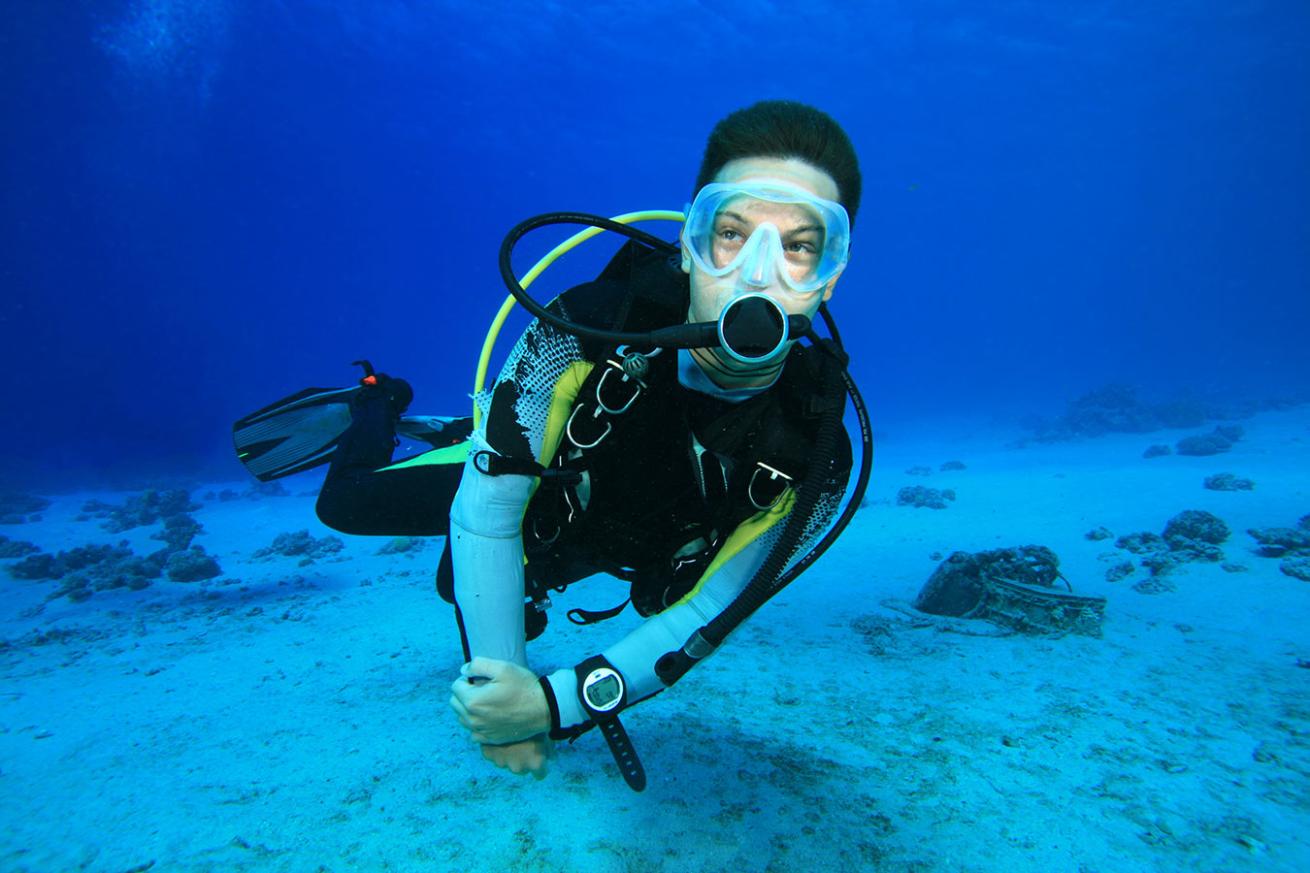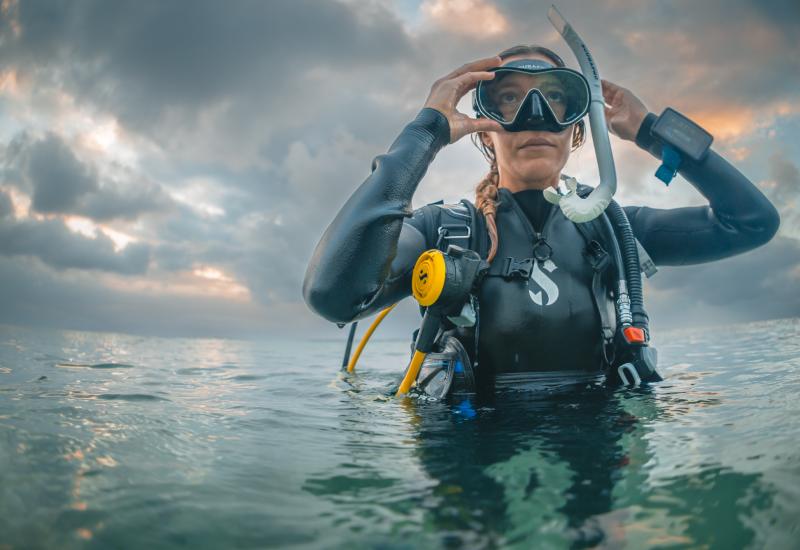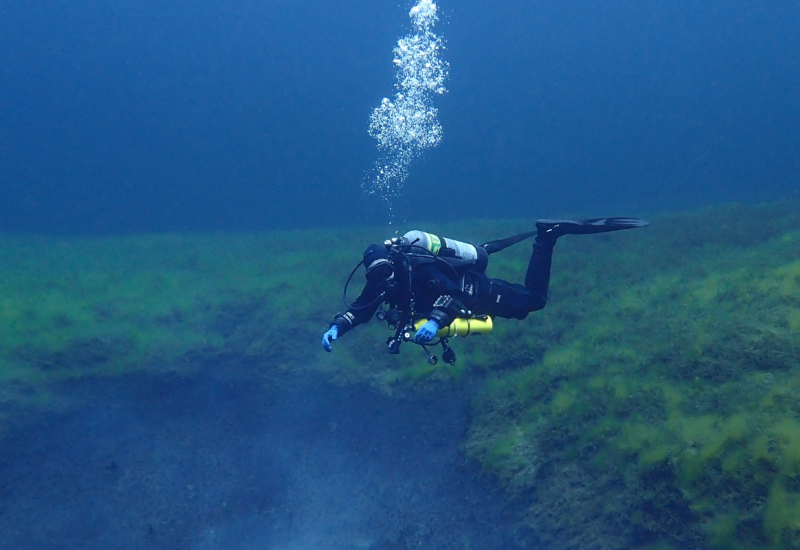Top 5 Ways to Master Buoyancy Control for Scuba Divers

ShutterstockAchieving perfect buoyancy underwater is harder than it looks, but these tips will help you master the scuba skill in no time.
One of diving’s greatest pleasures is the freedom of movement we feel as we swim weightless underwater. But achieving that effortless state is often harder than it looks. Buoyancy control is one of the most challenging skills for divers to master, but it’s not impossible. All it takes is a proper weight check and a little practice. Here are five tips for buoyancy control to help you feel perfectly weightless on your next dive trip.
1. FIND YOUR WEIGHT
Wearing the right amount of lead is the most important step to mastering buoyancy control, and most divers wear way too much. Do a weight check at the surface by floating upright with your regulator in and exhaling completely. You should only sink until the water’s surface is at eye level. Add or remove lead and repeat until you get it right.
2. GET DOWN
A perfectly weighted diver shouldn’t sink like stone. It’s normal to pull yourself down a line or kick yourself down at first, but once you’re a few feet under, you should feel neutral or slightly negative. This will allow you to make a slow, controlled descent with plenty of time for equalizing your ears and mask.
3. ADD AIR SPARINGLY
If you feel negatively buoyant at the bottom, add one or two small, quick bursts of air to your BC. Never hold the inflator button down — if you do, you may find yourself overinflated and making a runaway ascent.
4. BREATHE EASY
Once you feel neutrally buoyant at depth, leave your BC’s inflator hose alone. Instead, make minor buoyancy changes with slow, deliberate breathing. Take a long, deep breath to rise slightly as you swim over a coral head, and exhale slowly and completely to sink if you need to kneel on a sandy bottom.
5. VENT YOUR BC BEFORE ASCENDING
Most runaway ascents happen when divers forget to vent air from their BCs as they ascend. Air expands as you go up — making you more buoyant — so always start your ascent by venting some air from your BC. Then hold your inflator hose up so you can continue venting air as needed until you reach the surface.










